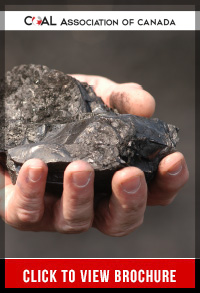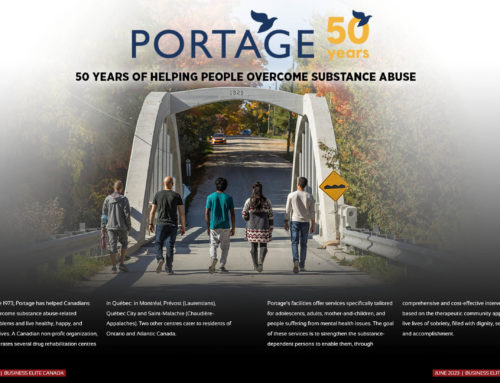THE ROLE AND VALUE OF COAL IN CANADA
The Coal Association of Canada (CAOC) works on behalf of the 42,000 men and women who work in Canada’s coal industry, representing companies involved in mineral exploration, mining, smelting, refining and semi-fabrication, and one of its strongest tools is public education.
“Our vision is for Canadians to understand the role and value of coal in Canada, and to proactively support Association members in the development, growth and advancement of a safe, socially responsible and economically sustainable Canadian coal industry,” says Mark Bartkoski, President of Conuma Coal Resources and Chairman of the Coal Association of Canada.
Bartkoski, a 37-year veteran of the mining industry, has sat on the Board of Directors of the Association since December, 2016. He is the President of Conuma Coal Resources, a metallurgical coal producer based in northeast British Columbia. He has started multiple mining companies and lead the rebuild of numerous others, in addition to writing a book, Building Integrity, and teaching its fundamentals in various universities.
First things first: coal is used mainly for two purposes, steel-making and power generation, and is by far Canada’s most abundant fossil fuel, with 6.6 billion tonnes of recoverable coal reserves. Some provinces rely heavily on coal-fired electricity, like Alberta, which derives 55 per cent of its electricity generation comes from coal. (In Nova Scotia it’s 56 per cent, and Saskatchewan it’s 46 per cent).
Primarily mined on the west coast, there are currently 24 coal mines in operation, contributing billions of dollars to the economy. The mining industry is also the largest employer of Aboriginal people in Canada and works with educational institutions and governments to provide training and employment opportunities.
Bartkoski acknowledges the coal industry is facing challenges, and believes public education is the first step towards turning them around.
“It’s important we educate the public on the importance of coal in society,” he says. Canada has one of the second largest producers of metallurgic coal in the world and we are seeing demand for this increasing as developing countries are building their infrastructure for building steel—because you can’t build steel without coal.
Committed to the Environment
“The Canadian coal industry is committed to operating in an environmentally responsible manner, and to continuously searching for ways to reduce or eliminate what impact it may have associated with the mining and use of coal. We also have carbon capture storage successful set up in Saskatchewan, and we would like to see that develop more efficiently so that as Canadians we can do our part in looking after the environment.” The CAOC looks at the future of carbon capture and storage, both locally and globally, and its position is that Canada should think of the global socioeconomic implications of using the technology and investing in the innovation required to get it there.
Transparency is key
Robin Campbell, President of the Coal Association of Canada, illustrates other ways the coal industry has mitigated its environmental impact. Thorough Environmental impact assessments consider short and long-term impacts on the land, public consultations are held and reviews are undertaken by regulatory agencies at the provincial and federal level. Mining companies are also required be very transparent in their reclamation plan and progress to the government.
In fact, mining operations in Canada operate in the world’s strictest environment. There are some 35 federal acts and regulations related to the mining industry coupled with dozens of laws and regulations at the provincial and territorial levels. Canada’s reclamation standards set the bar globally. Alberta’s Mine Financial Security Program, for example, ensures that companies are legally responsible for reclaiming the land disturbed by mining activities.
“Mining trucks have increased significantly in size reducing the number of trips needed to haul coal,” he says. “Railway cars made of aluminum mean one locomotive can haul more coal using the same amount of fuel, air quality and monitoring stations measure air quality on site.”
Campbell is also proud to point out the industry’s great strides in safety, which now enjoys the status of one of Canada’s safest major industries, workers are protected by some of the world’s highest standards for health and safety. Much of the progress made in Canadian mine safety results is due to major advances in mine engineering combined with the introduction of stringent training standards and operating practices. The Canadian coal industry sets a global standard for commitment from industry and workers and support from governments.
This September, members will meet at the 2018 CAC Coal Conference to discuss the future of coal in Canada. For more information on the conference of the association, please visit:







